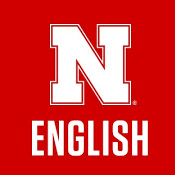English, Department of

Department of English: Faculty Publications
Document Type
Article
Date of this Version
Winter 1999
Citation
Great Plains Quarterly (Winter 1999) 19: 35–52
Abstract
Despite an abundance of scholarship on federal Indian boarding schools, few studies have focused on literacy as a central term for investigation. Although literacy studies is necessarily interdisciplinary and contributes to insights about the relationship between language and, in Levinson and Holland's words, the "cultural production of the educated person," few Indian boarding-school histories have focused on the significance of particular literacy practices for understanding Indian students' school experiences. When literacy is discussed, it is usually in terms of the federal "English only" requirement that prohibited Indian languages or the drill and rote exercises used in the primary language curriculum. Few scholars have examined the texts used in the curriculum or the written texts that students produced within these classrooms. And yet, as Deborah Brandt suggests, literacy artifacts reflect how individuals intersect "at a certain time with the ongoing, official history of mass literacy and the institutions that have controlled it," representing "a complex, sometimes cacophonous mix of fading and ascending materials, practices, and ideologies." Examining literacy artifacts from a particular school, then, offers historians of education and Great Plains scholars a case study for understanding how federal policies regarding education were enacted, resisted, and remade by students and teachers in local and personal ways.


Comments
Copyright 1999, Center for Great Plains Studies, University of Nebraska. Used by permission